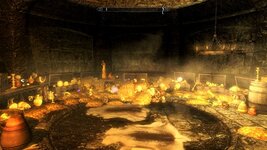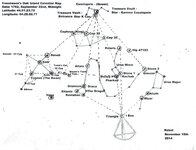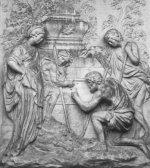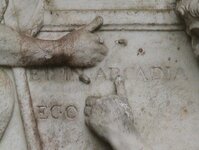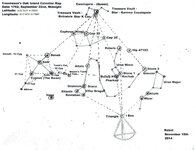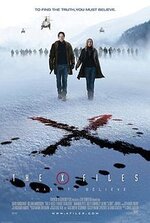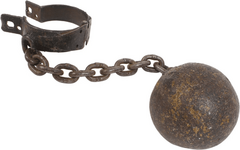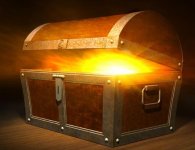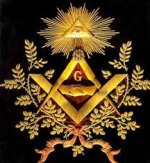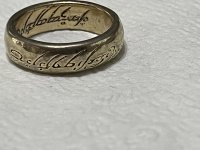lokiblossom
Bronze Member
With all of that said.....still no proof that any of the ships visited oak island.
No proof, only a premise with some circumstantial evidence along with knowing they very easily could have.
Cheers, Loki
Last edited:


 I suspect that the oars were used more frequently than we suspect, as that amount of sail on even a 15 foot beam on the open ocean scares the hell out of me.
I suspect that the oars were used more frequently than we suspect, as that amount of sail on even a 15 foot beam on the open ocean scares the hell out of me.